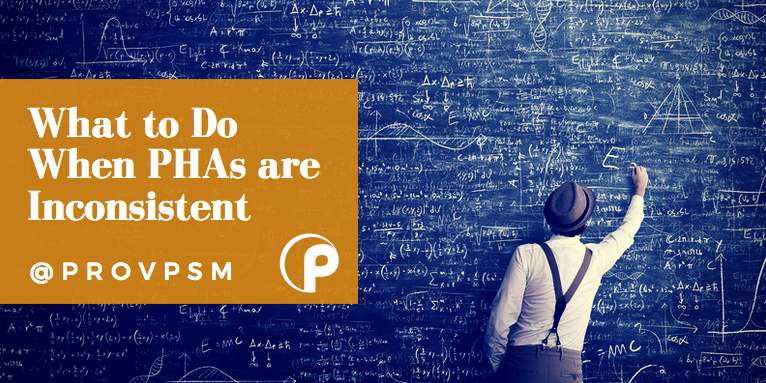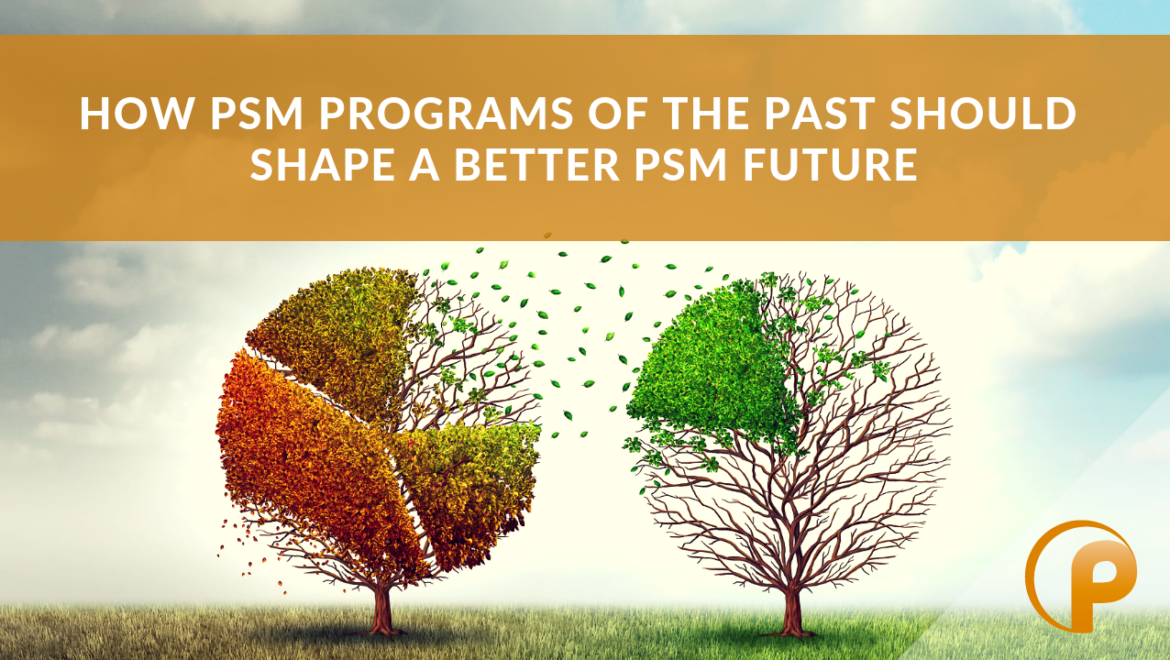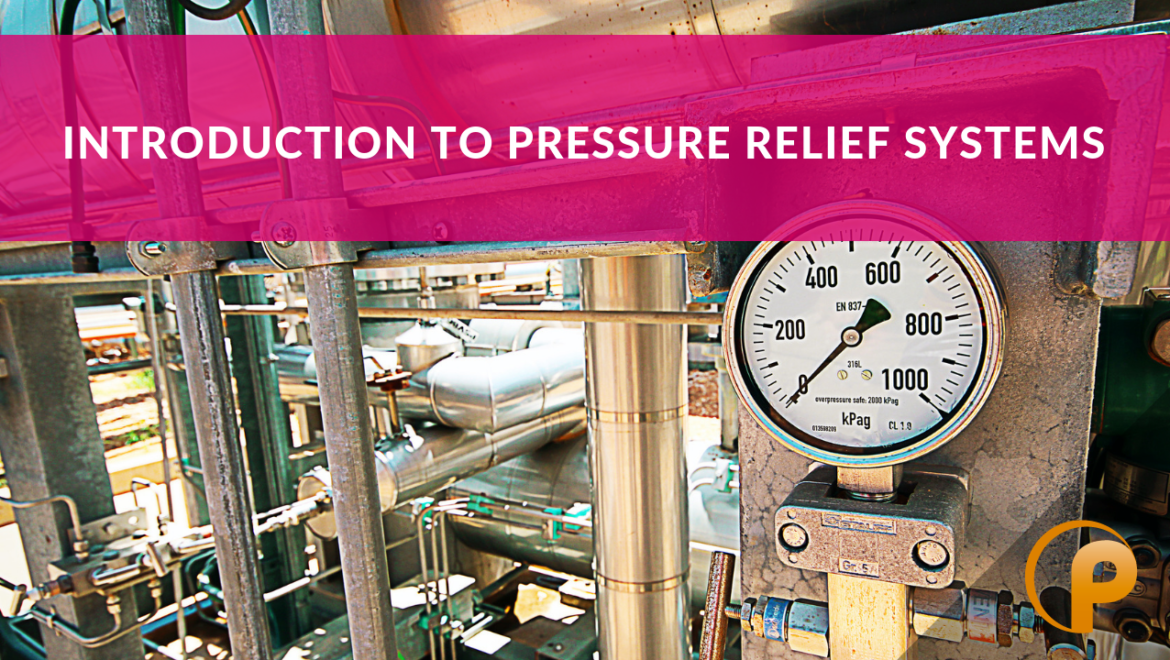Provenance Consulting is excited to share our involvement next week at AIChE’s Global Congress on Process Safety in Austin, TX. Provenance will be giving four presentations at the conference and will also be at booth #420 in the exhibit area – so please stop by and see us! Below is a brief summary of each presentation.
We look forward to seeing you in Austin!
Monday, 27 April
Can I Use My Cooling Water Header As a Relief Device?
Rahul Raman, 11:30am
The ASME BPVC is a well-recognized code of construction and allows pipe that discharges to the atmosphere as an acceptable pressure relief device. However, there are safety considerations and industry guidance that restrict the use of using a cooling water side of heat exchanger specifically as a relief device. This presentation interprets the landscape of existing regulatory framework to show the industry regarding the ways to use it as a relief device and the underlying assumptions for such use.
Overfilling Protection for Weak Tanks
Rahul Raman, 2:30pm
Weak tanks have relief valves that are typically sized for vapor/gas service. These tanks are subject to overflowing and collapse due to the pressure force. Minimal amounts of liquid is enough to over-pressurize the tank. Currently there is no industry guidance to size a relief device for such low pressure tanks. Furthermore, there is a lack of data from the manufacturers. Provenance has tag-teamed with PROTEGO® to establish a methodology and vetted it with experimental data. Using conventional available tools for engineers, we have developed a methodology to accurately predict the capacity within a +/- 10% error tolerance.
Tuesday, 28 April
Developing Credible Scenarios for a PHA
Nestor Paraliticci, 2:30pm
OSHA’s Compliance Guidelines and Recommendations for the PSM Standard states “A PHA is an organized and systematic effort to identify and analyze the significance of potential hazards associated with the processing or handling of highly hazardous chemicals.” It goes on to say “A PHA is directed toward analyzing potential causes and consequences of fires, explosions, releases of toxic or flammable chemicals and major spills of hazardous chemicals.” OSHA does not give any additional guidance; they just refer you to 18 additional “Sources of Further Information”. So rather than spending your free time reading these books, I would like to present a process on how to develop scenarios (causes and consequences), tips on creating credible and realistic scenarios and the pitfalls to avoid during the process, commonly encountered during a PHA .
Wednesday, 29 April
Guidance for Sizing Relief Devices That Are Installed below Liquid Level in an External Fire
Rahul Raman, 8:30am
A fire impinging on a pressure vessel results in boiling up of the liquid and generates vapor that needs to be relieved though a pressure relief valve. Due to geometry or maintenance reasons a relief valve can be installed below the liquid level. In this scenario the vapor pushes hot saturated liquid and has a potential to flash as it flows across the relief system piping. This paper gives the guidance to size relief valve that are installed in such service.







